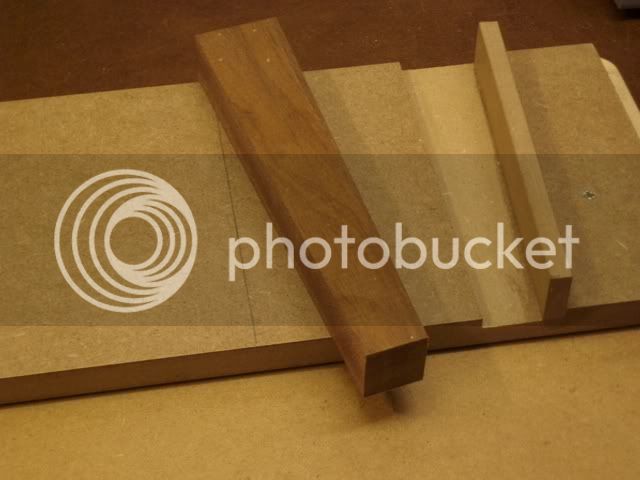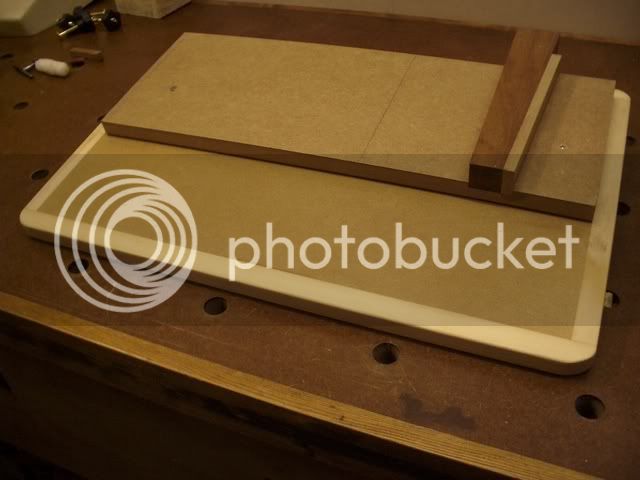Benchwayze
Established Member
Hi Derek,
Indeed it is a gloatworthy tool. I have had the opportunity to buy one, but much as I would like one, I refuse to pay the price that 'collectors' have forced on it.
I have more than enough planes, but I still don't consider myself a collector. I use all of my planes; the reson for having three or four smoothers, is so I can switch without trouble, as soon one blade becomes dulled.
In common with many practicing woodworkers I think, that it's a shame collectors have pushed the price of fine tools through the roof!
But not to worry. Jim Kingshott left us plenty of information to make our own 51/52! (For the time when I have done all the woodwork SWIMBO wants).
 ccasion5:
ccasion5:
Cheers Derek, and enjoy your 51/52.
John
Indeed it is a gloatworthy tool. I have had the opportunity to buy one, but much as I would like one, I refuse to pay the price that 'collectors' have forced on it.
I have more than enough planes, but I still don't consider myself a collector. I use all of my planes; the reson for having three or four smoothers, is so I can switch without trouble, as soon one blade becomes dulled.
In common with many practicing woodworkers I think, that it's a shame collectors have pushed the price of fine tools through the roof!
But not to worry. Jim Kingshott left us plenty of information to make our own 51/52! (For the time when I have done all the woodwork SWIMBO wants).
Cheers Derek, and enjoy your 51/52.
John





































